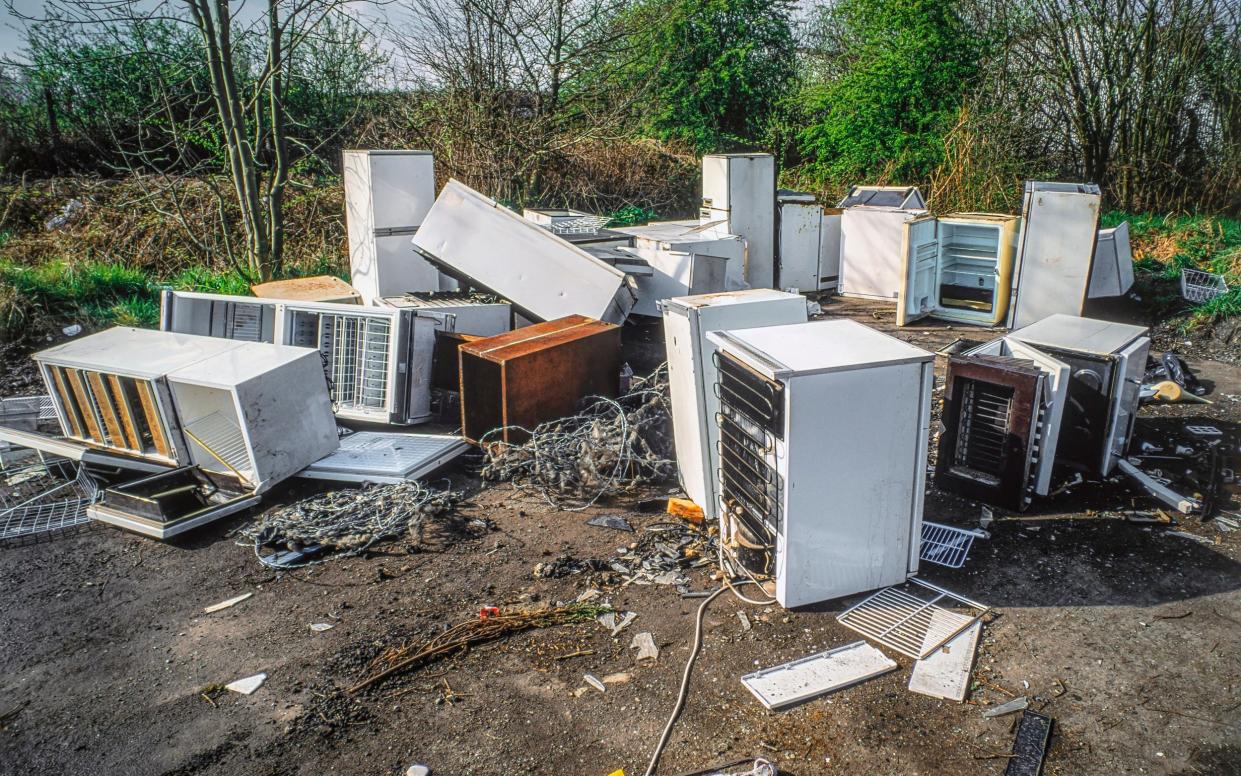Modern household appliances hit the scrapheap sooner than older models

Household appliances have a shorter life expectancy than a decade ago with experts warning that “planned obsolescence” was on the rise.
White goods such as microwaves and dishwashers are packing up more quickly than their retro counterparts as manufacturers pack them with cutting-edge touchscreens and “smart” technology.
Figures show that dishwashers, microwaves and electric hobs have a shorter lifespan now than they did in 2011. Meanwhile, customers are increasingly searching online for help with repairs and spending more on appliances.
Dr Mansoor Soomro, a lecturer in sustainability and international business at Teesside University, is undertaking UK-based research on how and why appliances are not lasting as long as they used to.
He believes that the practice of designing products to break quickly or become obsolete in the short to mid-term has increased in recent years. This is despite laws by UK and EU governments to prevent this.
“It’s difficult to pinpoint an exact start date, but the declining lifespan trend seems to have gathered pace continuously,” Dr Soomro, who plans to publish his report in the summer, told The Telegraph.
“It varies in terms of the make, brand and robustness, but as an estimate I would say the lifespan has gone down by 20 to 30 per cent over the last two decades.”

He believes the advent of “complicated parts, high-tech appliances and sophisticated manufacturing” is the prime reason for the trend.
“Modern appliances often rely on complex circuit boards and software, which can be more prone to failure over time than simpler mechanical components,” he said.
Meanwhile, with new and more high-tech features continuously being developed, older appliances seem outdated and less desirable to consumers, even if they are still functional. This leads many people to switch out their white goods before they need to, Prof Soomro said.
Consumer expenditure on household appliances in the UK has also increased by almost 80 per cent in the past 10 years – from £7,644 in 2013 to £13,756 last year – figures from Euromonitor show.
Dr Soomro also believes some manufacturers are making shortcuts to keep costs down.
He said: “The pressure to keep prices competitive is leading manufacturers to cut corners on materials or simplify designs, potentially impacting long-term durability.
“Overall, it’s fair to say consumers are likely spending more on appliances compared to the last few decades.”
US-based figures published in 2023 from Statista show the average life expectancy of electric hobs has decreased by almost 20 per cent since 2011 – from 16 years to 13 years – while microwaves have seen a one-year decrease from 10 to nine years.
The European Union brought in “right to repair” rules in 2021, whereby white or electrical goods must be able to be repaired for up to a decade.
Manufacturers must ensure replacement parts are available for up to 10 years, with the law aimed at reducing the large amounts of electrical waste on the Continent.

